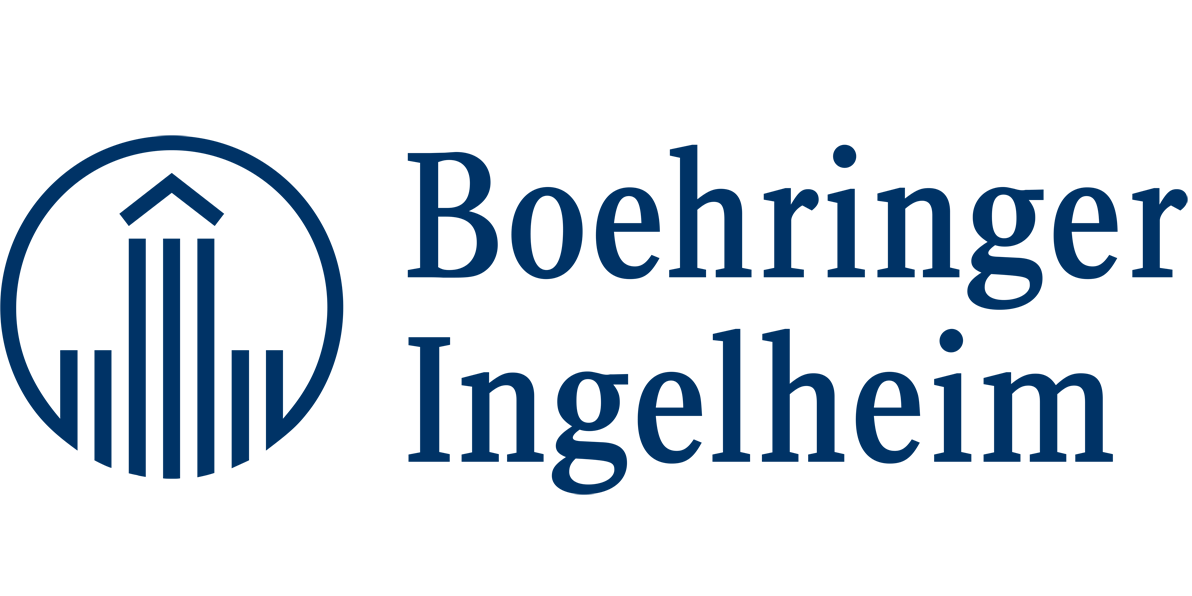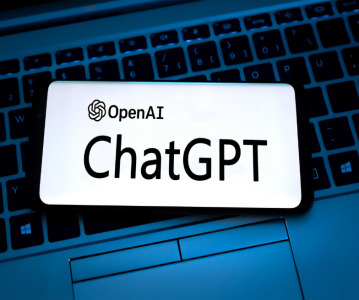Which 10 drugs are open to price negotiation with Medicare in the USA?

The Centres for Medicare & Medicaid Services, under the Biden administration in the USA, has released a list of the 10 drugs that will be open to price negotiations as part of the new legislation under the Inflation Reduction Act (IRA).
The IRA, which President Joe Biden signed in 2022, included a motion to allow Medicare, the federal health insurance provider, to negotiate prices for 10 prescription medications in the USA.
The aim of the negotiations is to decrease the price of prescription drugs for those living in America, who on average pay two or three times more for these drugs than people in other countries.
The 10 medications
1. Eliquis – containing the active substance apixaban, from Bristol-Myers Squibb and Pfizer EEIG, is primarily used to prevent venous thromboembolism occurring in adults who have undergone a hip or knee replacement. It can also be used to treat deep vein thrombosis and pulmonary embolism, and prevent stroke and blot clots elsewhere. It’s most commonly used in patients with multiple risk factors for such conditions or who are 75 years and older.
2. Jardiance – a SGLT2 inhibitor that is used to reduce the risk of cardiovascular death or hospitalisation for heart failure for adults with heart failure, and to reduce the risk of cardiovascular death in adults with Type 2 diabetes mellitus and established cardiovascular disease. Made by Boehringer Ingelheim.
3. Xarelto – otherwise known as rivaroxaban, a brand from Johnson & Johnson, is an anticoagulant medication that is used to treat a range of blood clotting conditions such as stroke, thromboembolism and pulmonary embolisms as well as reducing the risk of major cardiovascular events in patients with coronary artery disease.
4. Januvia – a dipeptidyl peptidase-4 (DPP-4) inhibitor from Merck to be used alongside changes to diet and exercise to improve glycemic control in adults with Type 2 diabetes mellitus. Importantly, it should not be used in patients with Type 1 diabetes or diabetic ketoacidosis.
5. Farxiga – another diabetes treatment, this time from AstraZeneca, specifically for patients with Type 2 diabetes mellitus as a diet supplement, and for patients with heart failure to reduce the risk of cardiovascular death. It must not be used in patients with Type 1 diabetes mellitus or diabetic ketoacidosis.
6. Entresto – made up of sacubitril and valsartan from producer Novartis, is indicated for reducing the risk of cardiovascular death and hospitalisation for heart failure in adult patients with chronic heart failure. The benefits of the medication can be most clearly seen in patients with left ventricular ejection fraction of below normal.
7. Enbrel – the first on the list as a tumour necrosis factor (TNF) blocker from Pfizer. It is used to treat rheumatoid arthritis, polyarticular Juvenile Idiopathic Arthritis (JIA) in patients aged 2 years or older, psoriatic arthritis, Ankylosing Spondylitis (AS), and plaque psoriasis. The label comes with a warning of serious infections and malignancies.
8. Imbruvica – from AbbVie and Janssen Biotech comes the first oncology therapy on the list, the kinase inhibitor Imbruvica. The intended treatment groups includes those with mantle cell lymphoma (MCL) who have received at least one prior therapy, adult patients with chronic lymphocytic leukemia (CLL)/Small lymphocytic lymphoma, adult patients with chronic lymphocytic leukemia (CLL)/Small lymphocytic lymphoma (SLL) with 17p deletion, adult patients with Waldenström’s macroglobulinemia (WM), adult patients with marginal zone lymphoma (MZL) who require systemic therapy and have received at least one prior anti-CD20-based therapy, and adult and paediatric patients aged 1 year and older with chronic graft versus host disease after the failure of one or more prior lines of therapy.
9. Stelara – from Janssen Biotech, is a human interleukin-12 and -23 antagonist. It is used in patients with plaque psoriasis, active psoriatic arthritis, and moderate to severe Crohn’s disease who had previously failed treatment with immunomodulators or corticosteroids, or had failed treatment with one or more TNF blockers.
10. Insulin Aspart – known as NovoLog® from NovoNordisk, is the final diabetes treatment on the list. It is an insulin analog, administered via a pump or intravenously, indicated to improve glycaemic control in adults and children with diabetes mellitus (type 1 and 2).
The drugs chosen clearly reflect the intention of the price negotiation, focusing heavily on medications for chronic diseases, that should lighten the burden of cost from patients with those conditions. Just diabetes treatments in 2015–2017 in the USA were estimated to cost $57.6 billion per year.
The new prices for the drugs will come into force in 2026 and the scheme is predicted to save $25 billion per year on drug prices by 2031.
Some of the pharmaceutical companies involved in the negotiations have expressed concerns over the impact on innovation the negotiations could have, but the knock on effects will remain to be seen.
Sources:
Reuters. Blood thinners, diabetes meds among first 10 drugs for US price negotiations. [Date accessed 04/09/2023]
Taylor SI. The High Cost of Diabetes Drugs: Disparate Impact on the Most Vulnerable Patients. Diabetes Care. 2330–2332, 43(10), (2020).



Related News
-
News Patients vs Pharma – who will the Inflation Reduction Act affect the most?
The Inflation Reduction Act brought in by the Biden administration in 2022 aims to give better and more equitable access to healthcare in the USA. However, pharma companies are now concerned about the other potential costs of such legislation. -
News CPHI Podcast Series: What does the changing US Pharma market mean for industry and patients alike?
In this week's episode of the CPHI Podcast Series Lucy Chard, Digital Editor for CPHI Online is joined by James Manser to discuss the political and market changes in the US pharma field. -
News CPHI Barcelona Annual Report illuminates industry trends for 2024
The CPHI Annual Survey comes into it’s 7th year to report on the predicted trends for 2024. Over 250 pharma executives were asked 35 questions, with their answers informing the industry landscape for the next year, spanning all major pharma marke... -
News EU Medical Devices Regulation causes unintended disappearances of medical devices for children, doctors state
Doctor groups and associations have appealed to the EU to correct the EU Medical Devices Regulation law that may cause unintended shortages of essential drug and medical devices for children and rare disease patients. -
News 10 Major Drug Approvals So Far in 2023
Last year, 37 novel drugs were approved by the FDA, this was a high number for such a category, and covered many fields including oncology, demonstrating how promising further research is, and how it is only continuing to build. To date, there are alre... -
News Detecting Alzheimer's disease with a simple lateral flow test
A novel rapid diagnostic test for early-stage Alzheimer's disease has been developed using a biomarker binder from Aptamer Group along with technology from Neuro-Bio, the neurodegenerative disease experts. -
News CPHI Podcast Series: outsourcing and manufacturing trends
Listen to the CPHI Podcast Series this June to hear Gil Roth of the PBOA speak with Digital Editor Lucy Chard about the biggest trends and topics to watch in pharma outsourcing and manufacturing at the minute. -
News 3 ways ChatGPT will impact pharma marketing teams
What does the rise of AI-powered chatbots such as ChatGPT and GPT-4 mean for pharma marketeers?
Position your company at the heart of the global Pharma industry with a CPHI Online membership
-
Your products and solutions visible to thousands of visitors within the largest Pharma marketplace
-
Generate high-quality, engaged leads for your business, all year round
-
Promote your business as the industry’s thought-leader by hosting your reports, brochures and videos within your profile
-
Your company’s profile boosted at all participating CPHI events
-
An easy-to-use platform with a detailed dashboard showing your leads and performance







